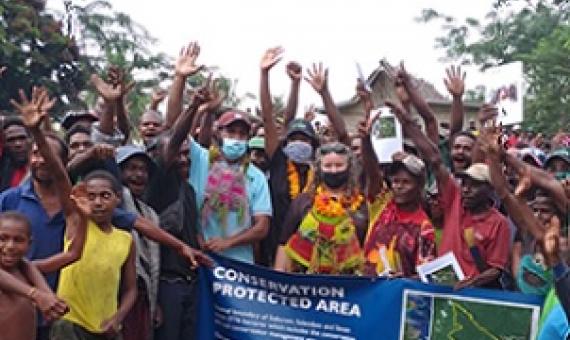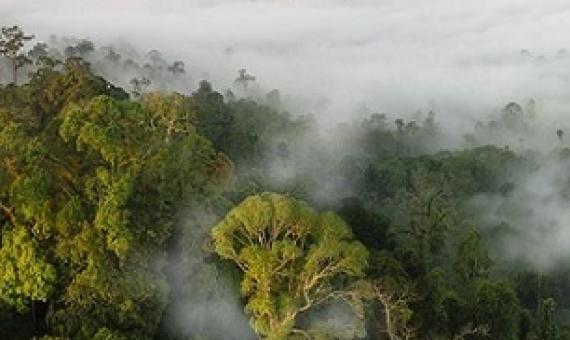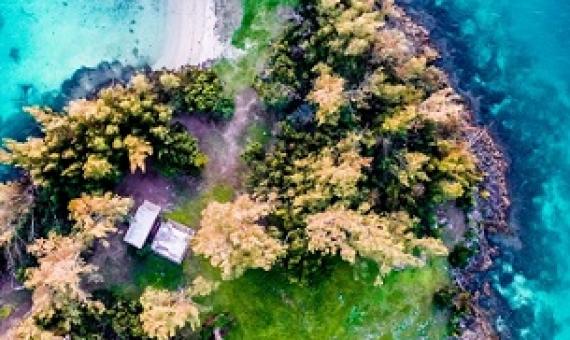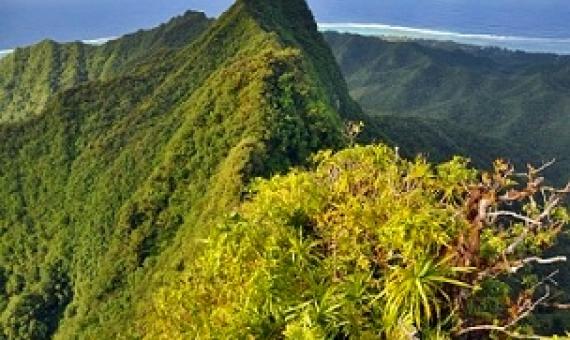Madang's Sumkar signed a conservation deed through the US Agency for International Development (USAID) and Kamapim Ltd last Saturday to commemorate World Earth Day.
Improving biodiversity protection through artificial intelligence
Over a million species face extinction, highlighting the urgent need for conservation policies that maximize the protection of biodiversity to sustain its manifold contributions to people’s lives. Here we present a novel framework for spatial conservation prioritization based on reinforcement learning that consistently outperforms available state-of-the-art software using simulated and empirical data.
A Typology for Reef Passages
Coral reefs host exceptionally diverse and abundant marine life. Connecting coasts and sheltered lagoons to the open ocean, reef passages are important yet poorly studied components of these ecosystems. Abiotic and biotic elements ‘pass’ through these reef passages, supporting critical ecological processes (e.g. fish spawning). Reef passages provide multiple social and ecological benefits for islands and their peoples, but are so far neither characterized nor recognized for their multifaceted significance.
Conservation of birds in fragmented landscapes requires protected areas
For successful conservation of biodiversity, it is vital to know whether protected areas in increasingly fragmented landscapes effectively safeguard species. However, how large habitat fragments must be, and what level of protection is required to sustain species, remains poorly known. We compiled a global dataset on almost 2000 bird species in 741 forest fragments varying in size and protection status, and show that protection is associated with higher bird occurrence, especially for threatened species. Protection becomes increasingly effective with increasing size of forest fragments.
Size matters when it comes to preserving biodiversity in natural areas. Larger and strictly protected areas are clearly more effective, according to biologists from Utrecht University and international colleagues.
Conservationists contend that the carbon offset market boom is prioritising the protection of high-carbon areas potentially at the cost of wildlife that lives in areas of lower carbon stock.
Indigenous land rights have taken center stage at negotiations currently underway in Geneva for the U.N. Convention on Biological Diversity.
The British overseas territories (BOTs) have extremely high levels of biodiversity and support thousands of citizens.
A new study has found that costs of conservation projects are rarely reported, making it difficult for others to make decisions on the most cost-effective interventions at a time when funding for biodiversity conservation is severely limited.
Despite its tiny land mass, the Cook Islands is responsible for a huge swathe of ocean and is home to many unique – and uniquely threatened – species of flora and fauna...With its extensive rainforests and coral reefs, the archipelago has been hailed for centuries as one of the most idyllic place













